Note: This is Part 1 of a two-part article which is excerpted from Sherri Snelling’s upcoming book, “Me Time Monday – The Weekly Wellness Edit for a Wonderful Life.”
We have been through a lot lately keeping loved ones safe and trying to keep our sanity during a tumultuous pandemic. Just like our ancient ancestors, we retreated to our caves to protect ourselves from frightening attackers. But while our ancestors were running from lions, tigers and bears, we faced an unseen, unknown virus.
However, two years into the pandemic we have what psychologists call “cave syndrome” and it is taking its toll on our psyches. Most health experts agree, if we want to survive and rebuild our emotional and physical health, we need to emerge from what began as a comforting cocoon but now feels more like confinement.
“This wasn’t just a weekend staying at home. This was almost two years of our lives, and we have now adjusted to this, and it’s become our baseline,” said UC Berkeley psychology professor Robert Levenson in an interview with the university’s news bureau. “So, now we have to emerge from our bubbles and explore. We have to rediscover how to work among others again, how to play, how to meet people, how to start new relationships and end others.”
Two Essential Wellness Tools: Color and the Power of 7
As we kick off a new year, I chose a theme, “The Year of Living Colorfully,” that connects family caregivers and others to two powerful allies when it comes to building resiliency and improving wellness in the fight against COVID anxiety and depression: the seven elements of life and color psychology.
7 Elements of Wellness
As a gerontologist, my master’s education focused on the BioPsychoSocial (BPS) framework of optimal aging. I call the balance of biological, psychological and social health the “alchemy of wellness.” In my upcoming book, “Me Time Monday – The Weekly Wellness Edit for a Wonderful Life,” I took the BPS model and broke it down into the seven main elements of our lives: Physical, Emotional, Environmental, Intellectual, Social, Financial and Spiritual. The “elements” are all essential aspects of a greater whole that cannot be changed or diluted and represent holistic wellness. The “edit” comes from how things fit together, how we organize and optimize multiple aspects of life.
The secret to optimal wellness is achieving balance in all seven areas, not an easy task especially in times of high stress such as a pandemic and economic uncertainty. But the beauty of the seven wellness elements is that it offers a variety of wellness options and a template for goal-setting since most of us are high-achievers in certain areas but may lack skills or effort in other areas. Think of it like cross-training in a typical exercise program. You don’t want to only work one muscle group or only do cardio or only do stretching. You need all of these to achieve maximum health potential and results.
When it comes to balance, I wanted the image to instill the idea of forward motion and action. What propels us forward naturally? A wheel that can roll along fueled by the seven stokes or elements in the wheel.
The numeral seven is also an important element of the program and it was not chosen arbitrarily. Throughout millennia, seven has been associated with divine power and a sense of completeness. In Christianity, the world was created in six days with the seventh day being spent in rest and reflection. In Judaism and in the Koran, there is reference to seven heavens. Using seven days to work on wellness with a little respite involved is not a bad concept for overwhelmed and overstressed family caregivers.
However, the number is not just seen in theology as seven actually shows up throughout our world in science, literature, astronomy, geography, pop culture and more. For instance, our planet has seven continents and seven main oceans along with seven wonders of the world. There are seven main constellations in our skies: Hydra, Virgo, Ursa Major, Cetus and Hercules. Among the largest celestial star groupings – Orion, the Big Dipper, the Little Dipper and the Pleaides (known as the Seven Sisters) – each has seven stars.
There are seven colors in a rainbow and seven notes in a musical scale (“Do, Re, Mi, Fa, So, La, Ti” as sung so iconically by Julie Andrews in “The Sound of Music” and coincidentally, there were seven Von Trapp children in the film). In gaming, seven is the most common role of the dice with each of the sides of the die adding up to seven as well, thus the term “lucky seven.”
Many of us can quote these famous Shakespeare lines but how many knew the last line and that this is called “The Seven Ages of Man?”
ALL THE WORLD’S A STAGE,
AND ALL THE MEN AND WOMEN MERELY PLAYERS:
THEY HAVE THEIR EXITS AND THEIR ENTRANCES;
AND ONE MAN IN HIS TIME PLAYS MANY PARTS,
HIS ACTS BEING SEVEN AGES.
William Shakespeare
And when it comes to pop culture, there are seven samurai in Akira Kurosawa’s classic film who evolve into Western gunslingers in the remake, “The Magnificent Seven.” Britain’s most famous spy was 007 and another Brit – David Beckham – wore the number 7 on his soccer jersey. There are seven books in the Harry Potter series. Even Snow White had seven older, short men helping her out.
Color My World – The Psychology and Neuroscience of Color
When it comes to color and our moods and emotions, we hit a nerve among experts. Color psychology is still much debated by the scientific community – mostly because there is no “one size fits all” application of color and emotions due to different cultural references. For instance, white in Western culture means clean, pure, freedom while in Asian culture white means death. Red is mostly associated with energy, action and can actually increase heart rates which is why it is used for urgent or important messages such as stop signs, red lights, warning labels and of course the color of life and love. But for others, red can create fear, agitation and represents sin (just think of Halloween devil costumes or the red room in “Fifty Shades of Grey,” which for some of you may not have been sinful but it did increase your heart rate.)
However, in most cultures, certain colors can carry universal messages and evoke universal reactions or emotions.
Bevil Conway, a neuroscientist and artist who conducts studies on color and emotions at the National Eye Institute feels our brains have their own Pantone color system. He notes that the controversy over color and science is actually not new but rooted in the philosophies of ancient Greece and that it holds the key to understanding how the brain interprets objects in our world.
In an interview with Fast Company, Conway discussed color spaces and the interaction with vision and neuroscience stating, “I think it’s a very powerful system and it’s completely underexploited.”
Read about 2022 color trends in home design
and how green is the best color for aging eyes.
For the last 30 years, Leatrice Eiseman, color specialist and executive director of the Pantone Color Institute has conducted research on color psychology. She told CNN, “The first words that consistently come to mind when people see the color yellow are “sunshine,”“warmth,” “cheer,” “happiness” and sometimes even “playfulness.”
She also advised most children choose the yellow crayon in a box first because it is “fun.” This stems from its association with a crucial player in our solar system – the sun.
Listen to our Season 2, Episode 1 Podcast
That Includes the Me Time Monday Wellness Hack
on
For my Me Time Monday workshop, I created the 7 elements of wellness using colors most commonly associated with these areas of life. The psychological connection to color helps us to compartmentalize and remember these elements when we are all overloaded with digital, written and even verbal messages. Using colors also brings us back to childhood, a time often associated with carefree fun and wellness.
As we kick off 2022, living colorfully becomes the theme for living well. More color is being used in home design, in fashion, in how we should eat (the rainbow for better nutrition) and how we can use the emotions of colors to engage our loved ones – young and old. And when it comes to self-care, achieving some activity in each of the seven, colorful elements of wellness becomes the antidote to pandemic languishing and anxiety. Let’s step out of our dark caves and into the rainbow of living colors.
In my next blog, I explain the science of Mondays, habit-stacking and microsteps and why Me Time is essential to wellness.
©2022 Sherri Snelling

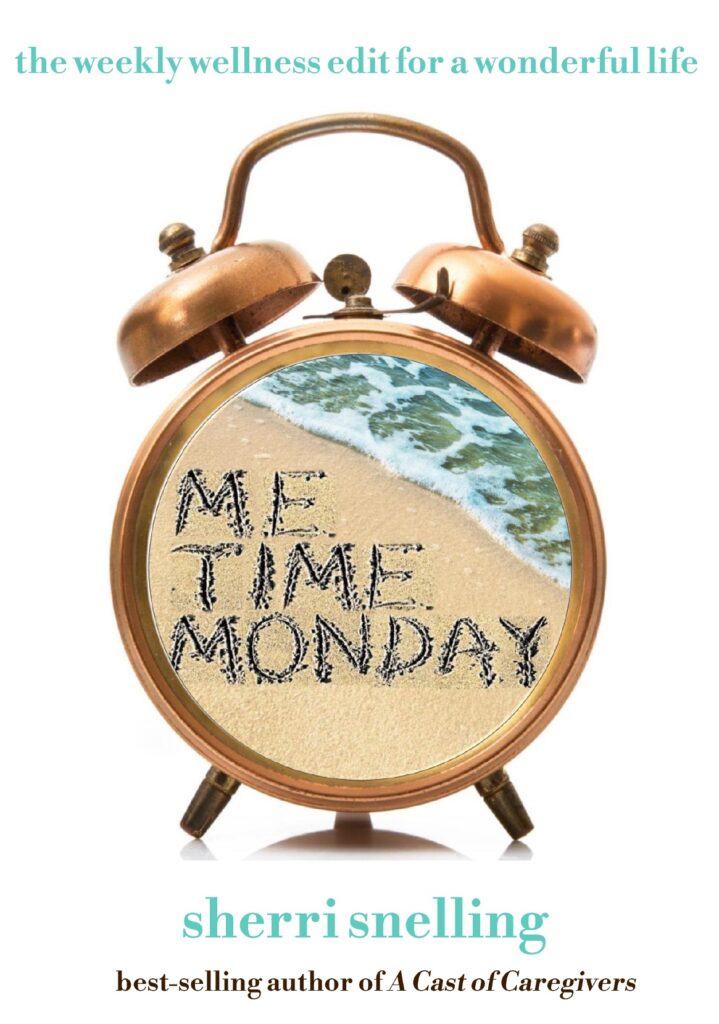
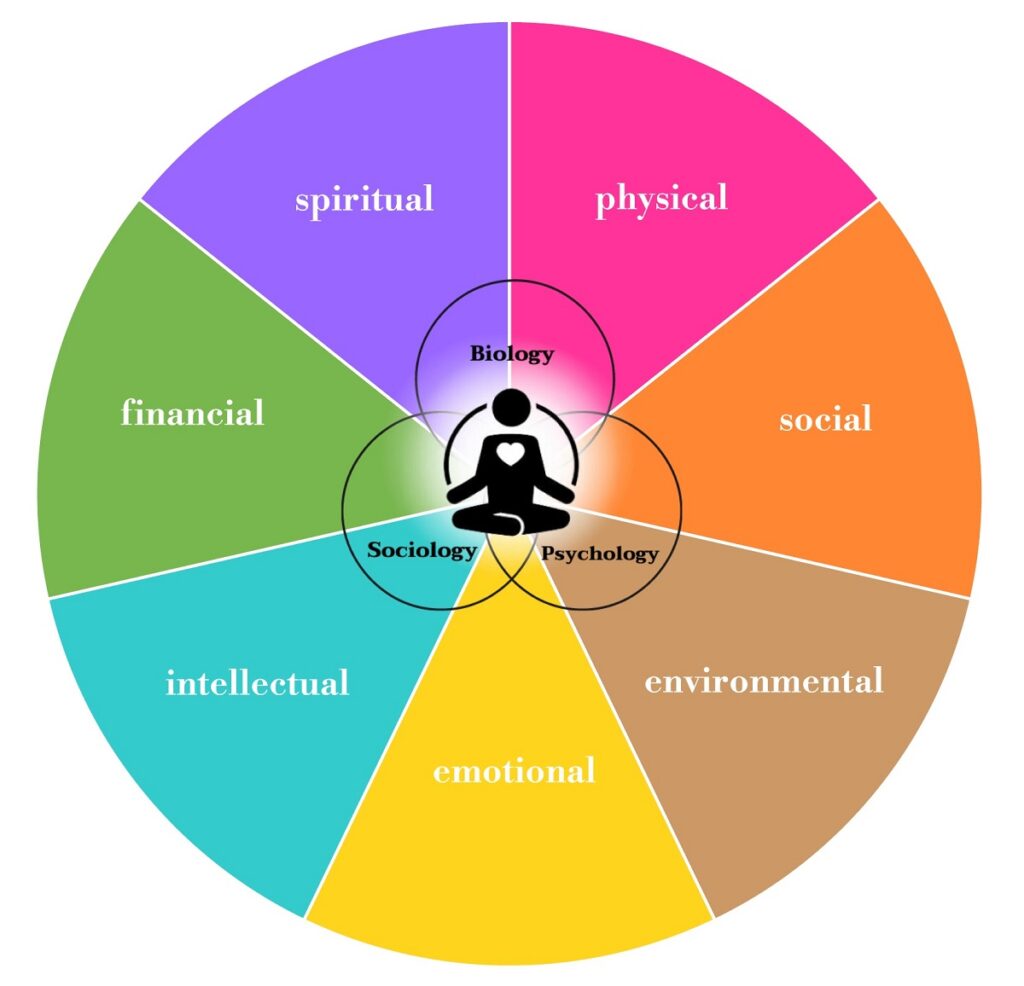

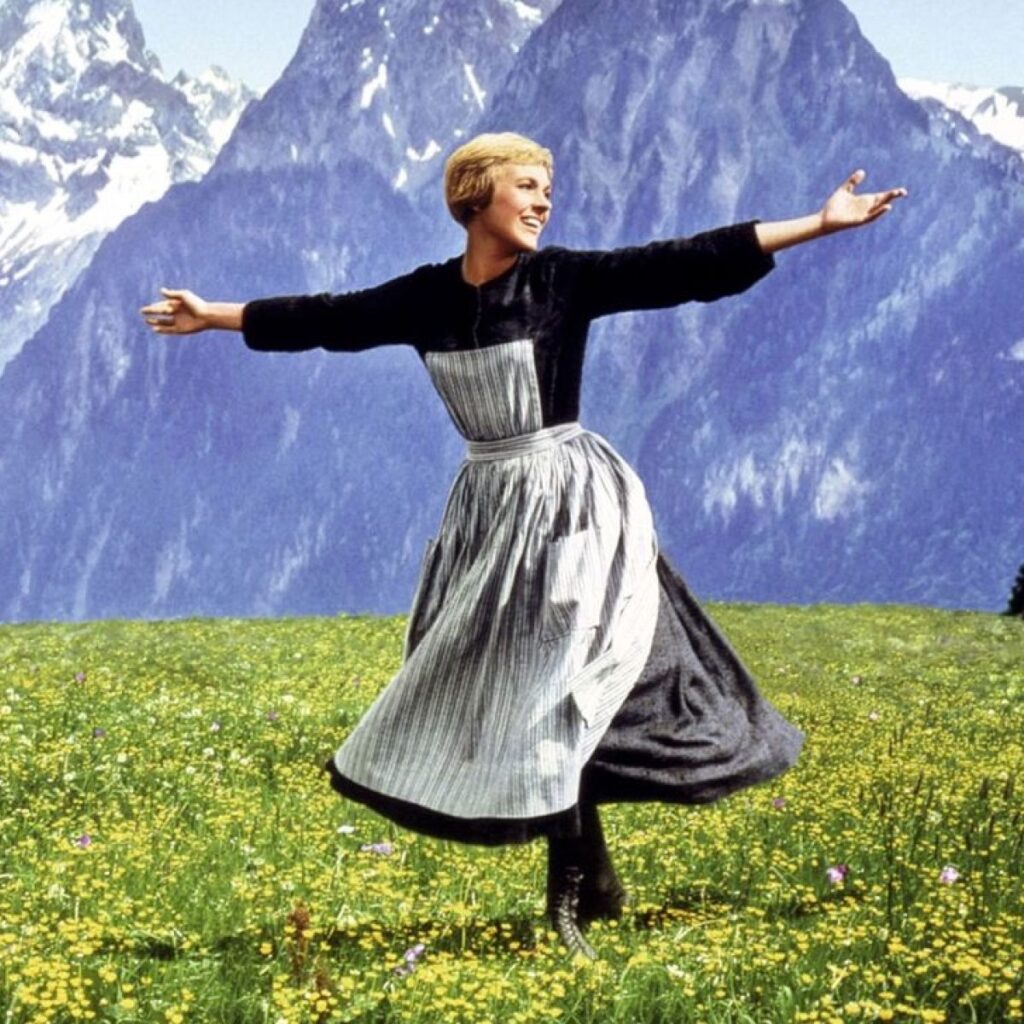
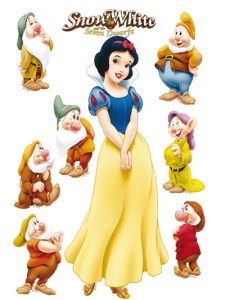
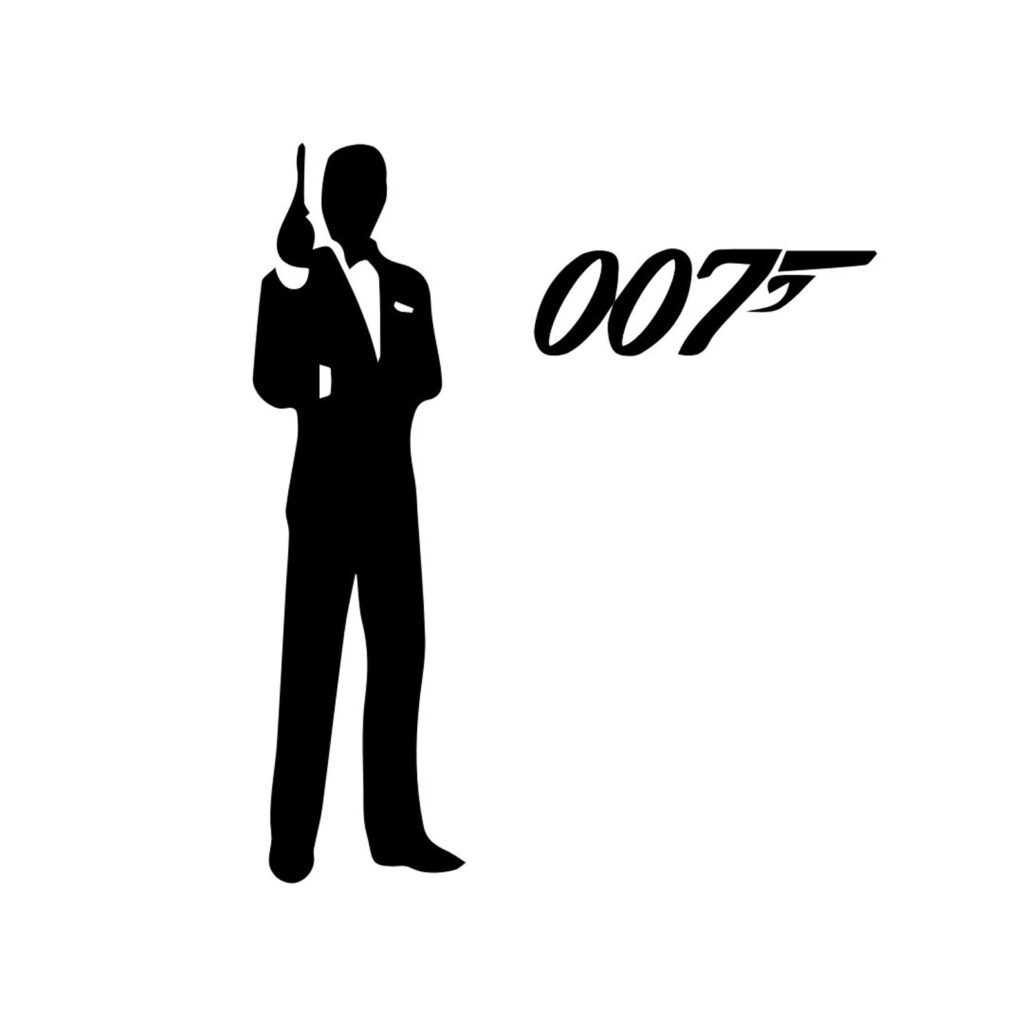
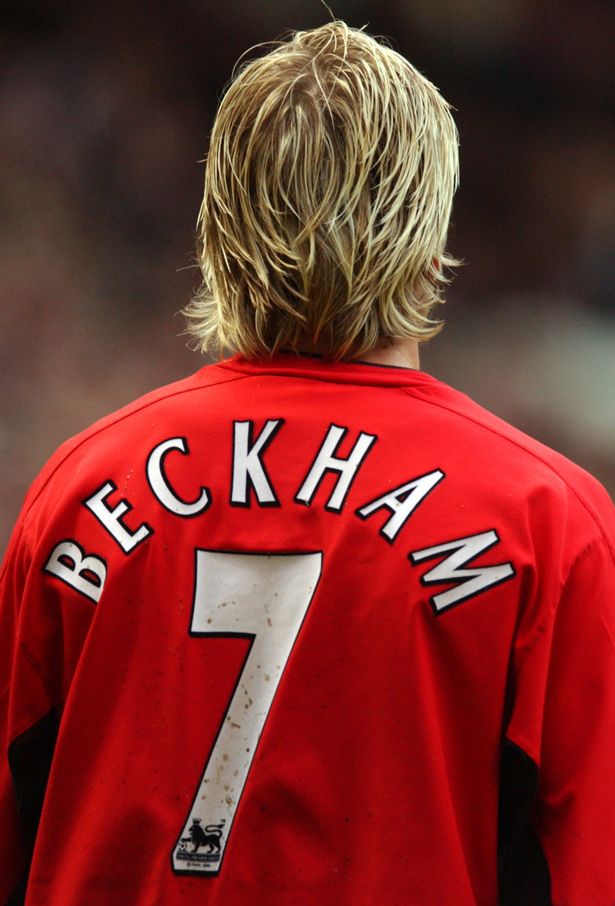
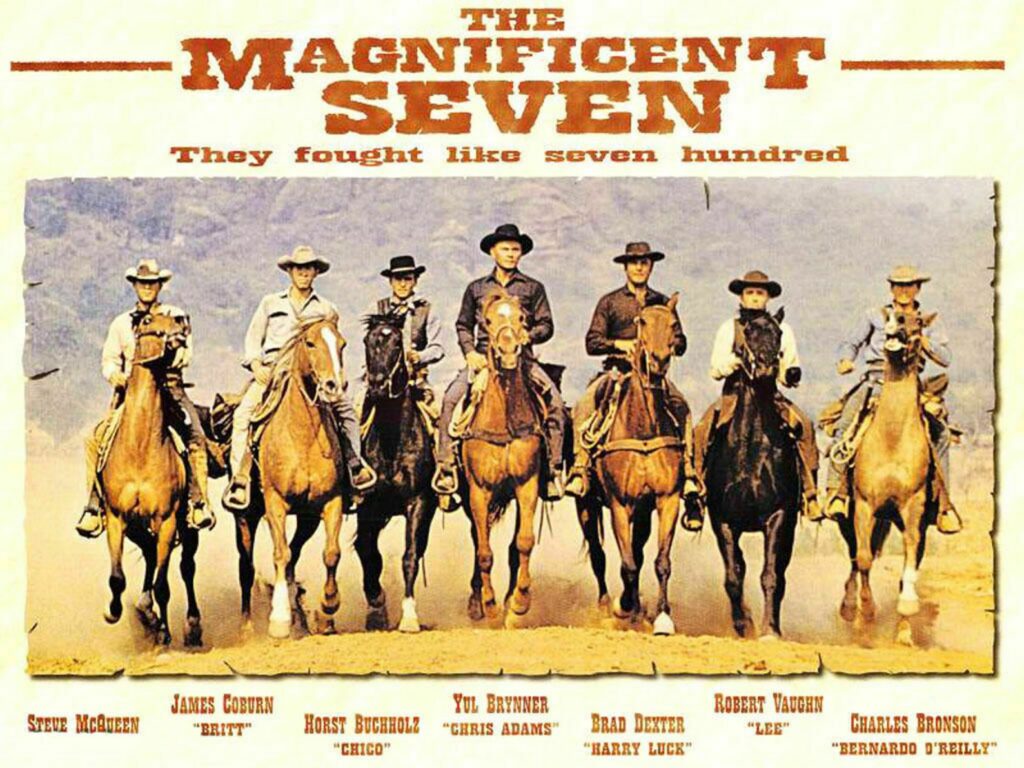



0 Comments